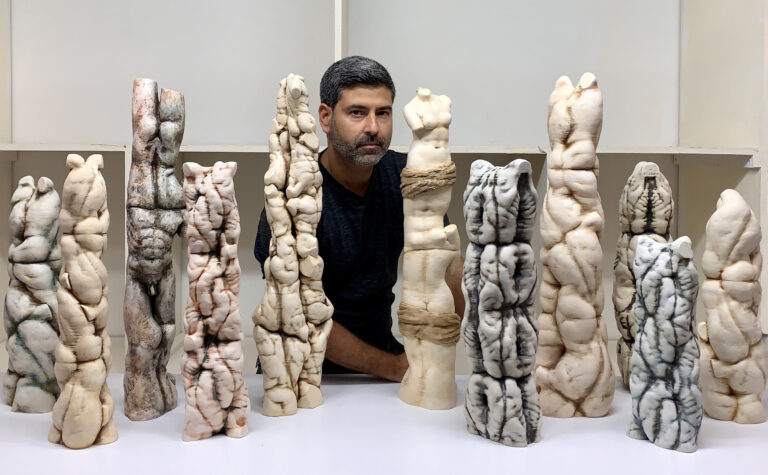
Sculpting Stubborn: Carlos Enrique Prado Breaks the Mold
- Carlos Enrique Prado's Art
- Chiara Padejka
- October 8, 2024
- 6 min read
In the realm of contemporary ceramics, few artists bridge the gap between classical and
modern as sublimely as Cuban-born, Miami-based sculptor Carlos Enrique Prado. His series,
"Stubborn: The Way of Sorrows" and "Cabeza Dura," both recently exhibited at the Museum of
Contemporary Art of the Americas (MoCAA), challenge conventional depictions of the human
figure. Through a unique fusion of classical statuary, religious iconography, and modern
industrial materials, Prado’s sculptures convey deep emotional and physical turmoil, intertwined
with notions of identity, suffering, and resilience.
As he prepared for his upcoming exhibition in Portugal, I spoke with Prado about his
technical artistic process, the philosophical conflicts behind the collections, and the future.
Within the ironic dichotomy of a Zoom call and a scene straight out of Pinocchio, I
chatted with Prado through the computer screen. Framed by mountains of sculptures and
figures, Prado sat eager on the other side, ready to dive in. But do not be fooled by the classical
backdrop. Prado is pushing the future of sculpture, one step ahead of the curve.
His collection "Stubborn: The Way of Sorrows" is an evocative meditation on human
suffering, borrowing from classical statuary and contemporary technology. When asked how
digital modeling impacted his work, Prado emphasized, “3D modeling allows me to manipulate
classical forms beyond the capabilities of traditional clay sculpting alone”. While he had used
the technology before, “Stubborn” marked a significant evolution in his approach.
Prado explained that the 3D clay printer enabled him to conceive ideas in a virtual sculpture, manipulating the work digitally before committing to the physical form. This allowed him to explore deformities and irregularities, particularly in previous projects. However, for “Stubborn," he aimed to create clear, precise renderings of recognizable classical Western forms, rather than disfigures. He made them by printing directly and through molds.
While digital models served as the basis for his initial development, Prado’s process turned aggressively instinctual. He no longer adhered to guidelines, allowing the sculptures to evolve in later stages. While the digital process helped Carlos achieve initial form, it is the physical, intuitive manipulation of the material that truly defined the outcome. Prado’s discovery and integration of various industrial objects—metal rods, blocks, and machinery parts—imbued the clay forms with visceral weight.
"Each object leaves a
different impression," he
commented. "I attack the clay to
mark emotions that can not be
expressed in words". Prado
noted that it was vital that he
impacted the clay while it was
still wet to ensure that it
remained intact after the
intervention. Once the clay was
finally fired, the found object was returned to its place, completing the sculpture.
The sculptor’s transition from meticulous pre-visualization to raw aggression parallels the
opposing forces in his work. In “Stubborn”, suffering is not preordained by rational thought but a
visceral battle against external forces.
The figures, modeled after Greco-Roman references, are deliberately incomplete— often headless or missing limbs. Prado’s decision to remove these parts is both practical and symbolic. Historically, the preservation of torsos in Western sculptures has been due to the natural erosion of limbs and heads, leaving the body as the most intact part. In his series, Prado deliberately chose to remove the heads from his figures, challenging the viewer to focus on the aesthetics of physical suffering rather than the intellectual or individual aspects of identity. The torsos in "Stubborn"—headless and weighted by various found objects—embody a struggle that is deeply personal yet universal.
At the heart of
Prado's "Stubborn" series lies a
stark contrast between classical
beauty and modern brutality.
The classical torsos in his work
symbolize the ideals of beauty
and identity ingrained in him from his upbringing, while the industrial objects represent the
external forces that disrupt and reshape ideals.
Prado’s sculptures allude to religious iconography, drawn from his upbringing in Cuba.
Prado explained how his early experiences with Catholicism shaped these themes. “Raised in
the Catholic tradition, I was taught that pain is a prerequisite for freedom. Many turn to faith to
deal with uncertainty and pain. Others turn to other forms of religion - whether art, music,
politics, or cinema”.
Referencing religious martyrs such as Christ and St. Sebastian, the torsos are pierced by or weighed down by the objects. In these sculptures, Carlos’s exploration of martyrdom becomes a vehicle for personal expression. In the world of our contemporaries, many artists are akin to figures of martyrdom. The figures evoke the idea of bearing one’s cross, not as a divine act, but as a fundamental reflection of the human experience.
Despite being educated in classical Euro-centric schooling, Carlos felt seen as an outsider during his integration into America. He admits, “Stubborn confronts the dichotomy of forces between Western aesthetics and those of the ‘other.’” Accustomed to recognition in his home country, he grappled with re-creating his achievements on new soil.
“I felt very ingrained and well recognized in Cuba for my works. I was a distinguished Professor, had my sculptural works displayed at top exhibitions, and could express myself clearly in my native language. However, when I moved to the United States over a decade ago, I faced a job as an art technician and had a large language shock, which only allowed me to communicate my synthesized concepts with limited vocabulary. Now, thirteen years later, I can reflect and express these personal feelings as an artist,” Prado divulged. Within this grander scope of his personal life, he describes the series as an exploration of the tension between two worlds—his Cuban identity and his life in the United States.
The timeless theme of suffering runs throughout
Prado’s "Stubborn" series, but it resonates with contemporary
audiences in particularly poignant ways. What excites Prado
is that art is partial to the viewer's interpretation. Through his
sculptures, he welcomes onlookers to reflect on their
struggles and gather the endurance required to overcome
them.
Without a head to match an individual identity, the headless torsos evoke an emotional
response that challenges the viewer to consider suffering more universally. Prado’s work gives
his viewers a challenge - feel empathy for the faceless.
While "Stubborn" focuses on
the body’s struggle, Prado’s "Cabeza
Dura" series shifts attention to the
head—specifically, the notion of
hardheadedness. Detached from
bodies and suspended in isolation,
Prado’s heads carry a stubborn
resilience that contrasts with the
inflicted torsos of "Stubborn."
“Out of all sculptural anatomy,
the head has allowed the most
transparency in understanding human
nature. As the seat of identity, thought,
and resilience, the mind has gifted us
the ability to explore our strongest
form of nonverbal communication. I
separated body and mind to contrast
the values we inherited” Prado noted. The heads in 'Cabeza Dura' are not inflicted upon. They
resist the external pressures that try to shape them.
Highlighting this dichotomy allows Prado to
explore the complexities of identity,
particularly in the context of cultural and
immigrant experiences. The mind represents
a mental fortitude that resists the pressures of
cultural displacement and personal struggle.
"As an immigrant, I’ve navigated the line
between my Cuban identity and my life in the
United States," Prado explained. “The heads
in ‘Cabeza Dura' are caught between two
worlds”.
So while “Cabeza Dura” parallels
“Stubborn(s)” thematic exploration of
endurance, it prefers to focus its lens on the
internal battle, rather than the physical
struggle.
The materials in "Cabeza Dura" are
integral to the sculptures' symbolic weight.
Unlike the bodies in "Stubborn," which are
injured by the objects around them, the heads
in "Cabeza Dura" resist their industrial
encasings. Prado used materials like wood and
marble to create tension, both aesthetically and
conceptually.
“Practically, choosing blunt and
deliberately weighty materials was always my
intention. However, each of them holds
different nuances and qualities. For instance,
marble is a cold medium aesthetically, so I
paired it with the dark, black figure to create a
sharp contrast.” Prado expressed. Taking out a
small-scale model for Cabeza Dura, Prado
highlighted that although a found object, such
as a tube, may be longer in length naturally, he
has no interest in its predisposition. Prado will
intentionally shorten or exaggerate the material
length to achieve balance. Principles of beauty
and composition are in his blood.
On a more spiritual note, he explains how marble, with its cold, unyielding nature, contrasts with the warmth of wood, representing a tension between change and immovability. “While marble symbolizes permanence, wood represents life and growth," Prado explained.
The materials demonstrate Prado’s determination to reconcile the opposing forces -
surrendering and resistance. Though the heads are encased in heavy, brutal materials, they
remain unbroken. They resist, much like the artist himself.
Carlos’s personal immigrant journey is vulnerably displayed. He sees the heads in
“Cabeza Dura” as a metaphor for his hardheadedness in rebuilding his life from scratch. The
fighting sculptures portray his turmoil in navigating cultural displacement in the United States.
Prado smiled as he stated, “I suppose the definitions of hard-headed and stubborn are more
nuanced in English than in Spanish.”
As Prado prepares for his upcoming exhibition in Portugal supported by his
membership in the prestigious IAC (International Academy of Ceramics), he reflects on how
both “Stubborn” and “Cabeza Dura”
continue to evolve. "Both are ongoing
explorations," he said. As he moves
forward, he wants to continue
pushing the boundaries of both form
and material—whether through digital
modeling, new industrial materials, or
further distortions of classical forms.
The exhibition, titled Mediterranean Ceramics and Its Global Influence, promises to showcase Prado’s unique blend of classical and modern techniques while continuing his exploration of the human condition.
Prado’s "Stubborn" and "Cabeza Dura" collections are not
just artistic achievements; they are meditations on human suffering,
identity, and resilience. By melding iconic Western forms with
contemporary materials and digital technology, Prado creates
pieces that feel alive.
Just as summer gives its way to autumn, Prado’s work will
continue to evolve each season. But above any changes, the
sculptor remains devoted to expressing the personal themes that
have defined his human experience—struggle, endurance, and
triumph.
Links to Artist Profiles:
Carlos Enrique Prado's Art:

Affordable Art Fair Review: A smashing success
Abigail MacFadden • October 1, 2024 •
4min read

“Memory Vessels”
Tessa Almond • September 30, 2024 •
4min read

Erlendur Fashion Week: Hot Fashion in Iceland
Abigail MacFadden • September 25, 2024 •
3min read
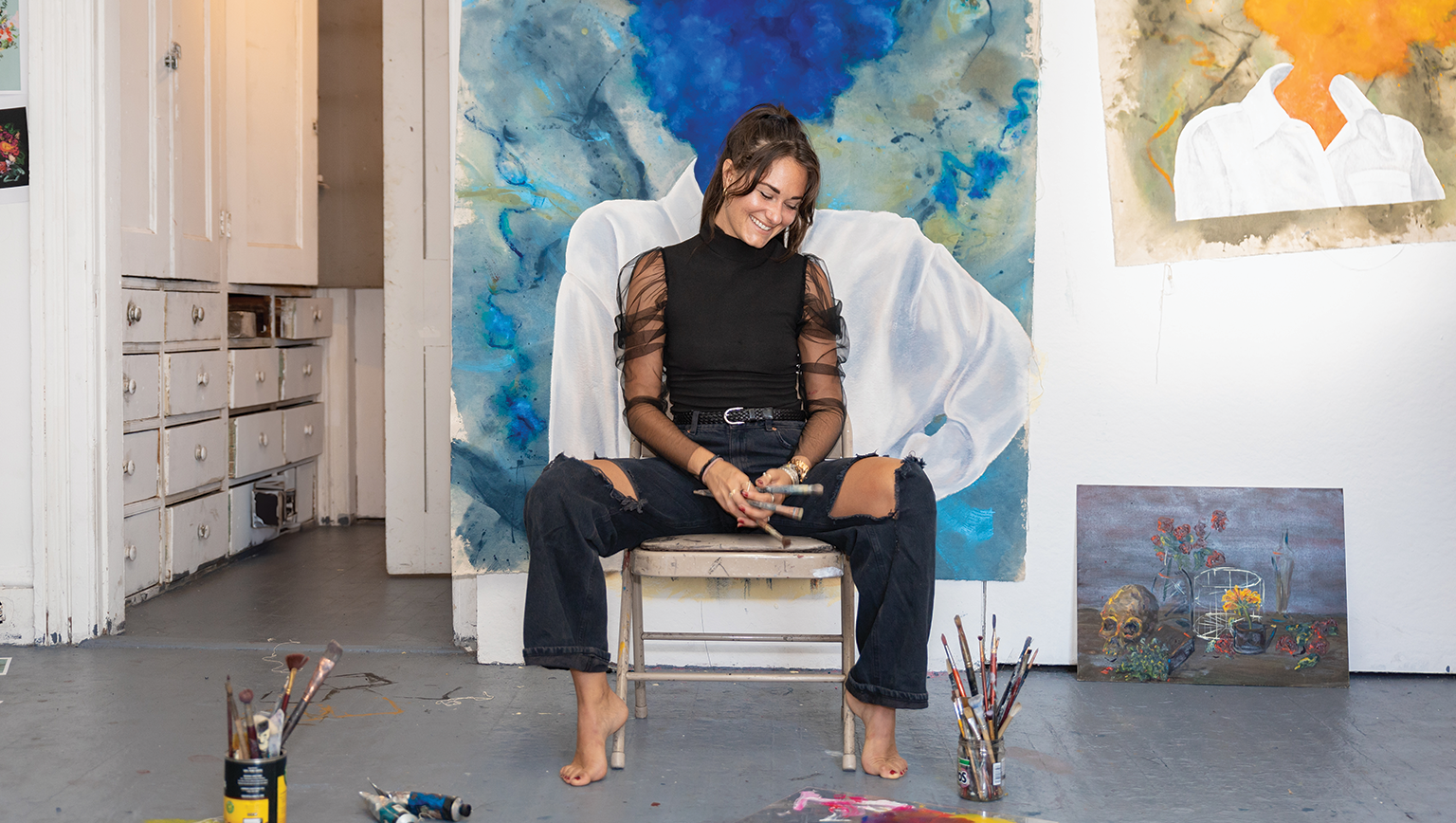
Clouds of Thought: Marie-Chloe Duval's Artistic Evolution in New York City
Abigail MacFadden • September 19, 2024 •
4min read

Sun-Soaked Fusion: Anderson's 'My Africa' Reimagines Diaspora for NYFW 2025
Saha Bernier • September 17, 2024 •
3min read

Avant Garde for the Environment
Tessa Almond • September 13, 2024 •
4min read

Pumping Iron in Couture: Raul Penaranda's 'Unexpected' NYFW Spectacle Turns Gym into Glam
Abigail MacFadden • September 11, 2024 •
3min read

September New York Art Week Can’t Miss Fairs!
Abigail MacFadden • September 4, 2024 •
4min read

Animating the Abstract: Marine Buffard's Whimsical Rise in Digital Art
Abigail MacFadden • August 21, 2024 •
4min read
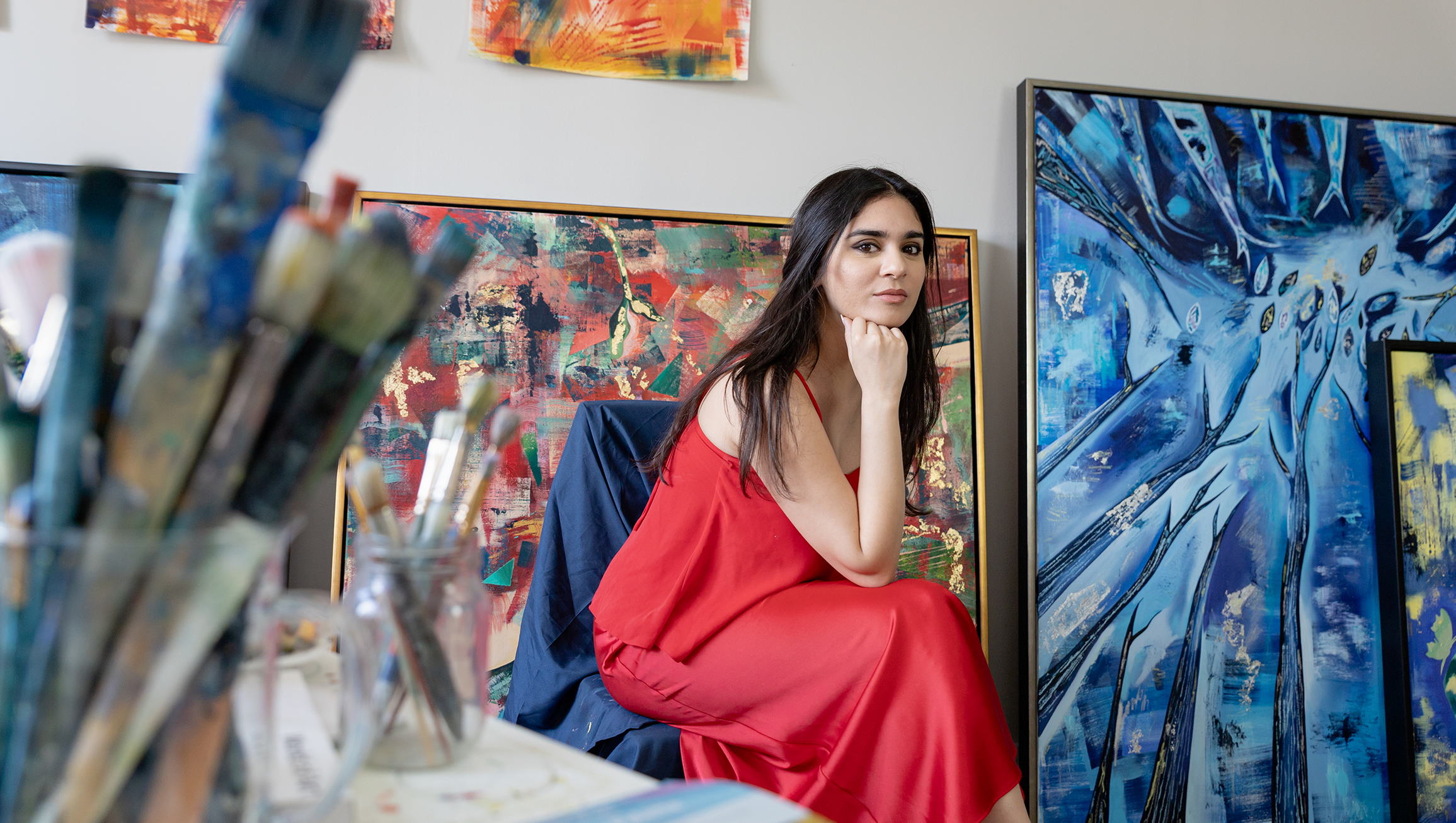
Vibrant Vulnerability: Jeena Raghavan’s Colorful Journey Through Art
Abigail MacFadden • August 13, 2024 •
3min read

A Cultural Gold Medal: Picasso Museum Shines During Paris 2024 Olympics
Abigail MacFadden • August 9, 2024 •
4min read

Beyond the Podium: The Cultural Tapestry of France’s Olympic Spectacle
Abigail MacFadden • July 31, 2024 •
4min read
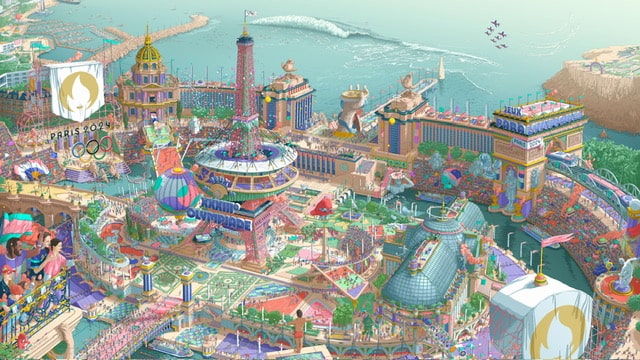
Paris Reimagined: Ugo Gattoni's Olympic Odyssey
Abigail MacFadden • July 25, 2024 •
4min read
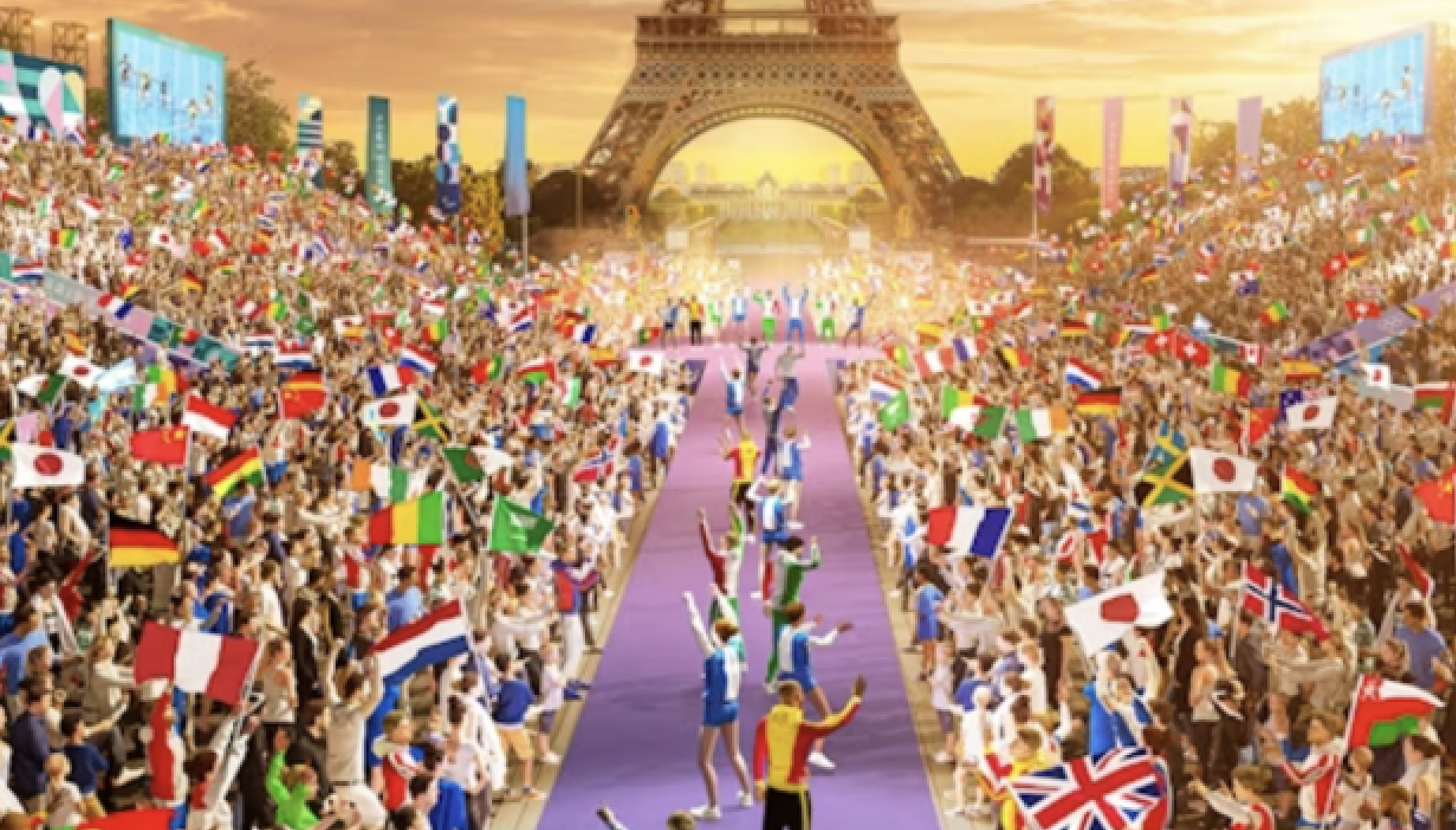
Fashion Meets Function: Designers Redefine National Pride for Paris 2024 Olympics
Abigail MacFadden • July 17, 2024 •
2min read
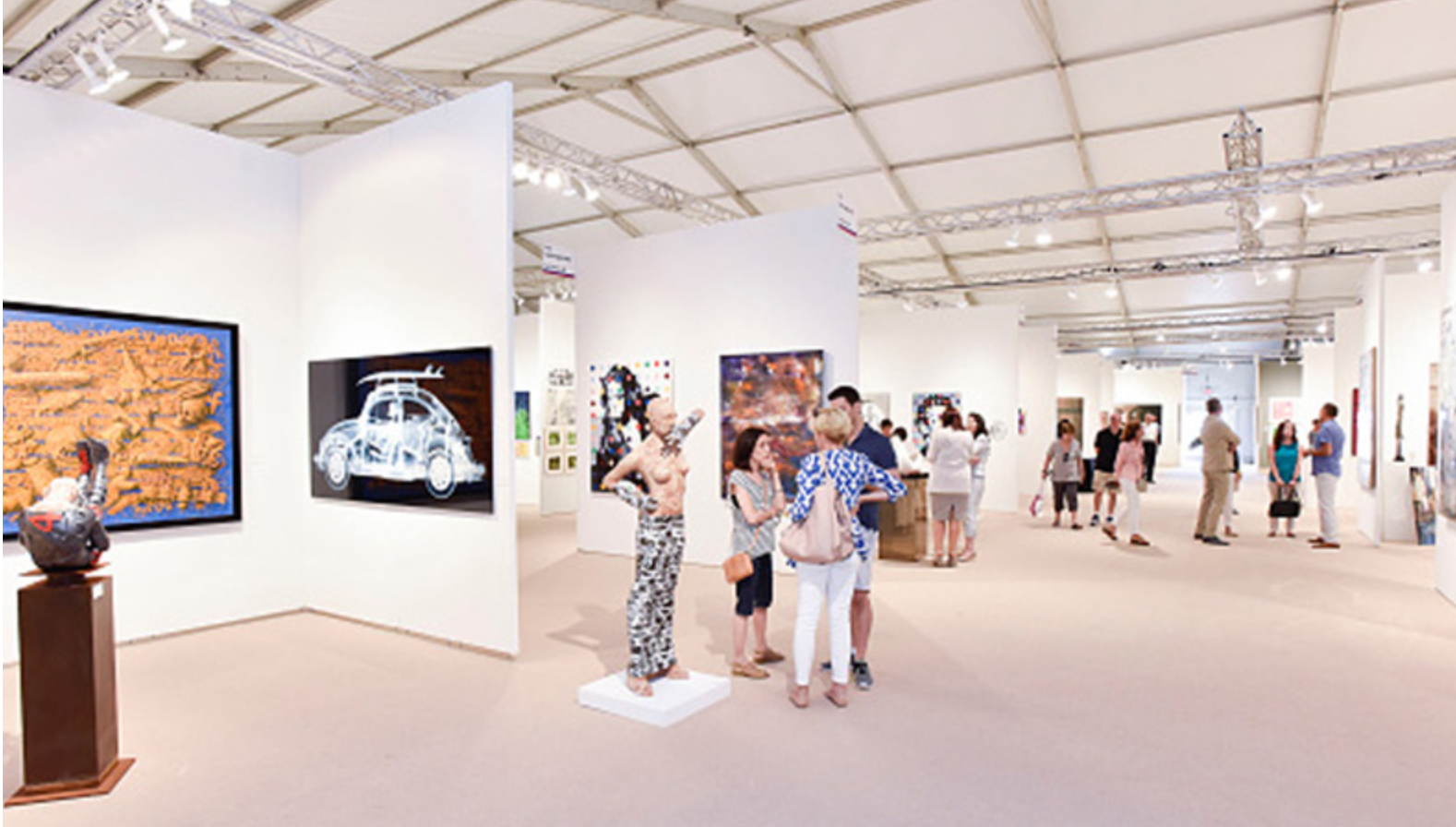
The Hamptons Fine Art Fair: A Cultural Cornerstone of the East End
Abigail MacFadden • July 11, 2024 •
3min read

Maxine Hoover: Stargirl is on a Meteoric Rise in New York Art World
Abigail MacFadden • June 25, 2024 •
3min read

Flaco Waters: Celebrated Artist Creates Incredible Series for 100th Anniversary of Harlem Renaissance
Abigail MacFadden • June 11, 2024 •
4min read

Unbelievable Shows not to be missed in the New York Art Scene this Week!
Abigail MacFadden • June 6, 2024 •
4 min read
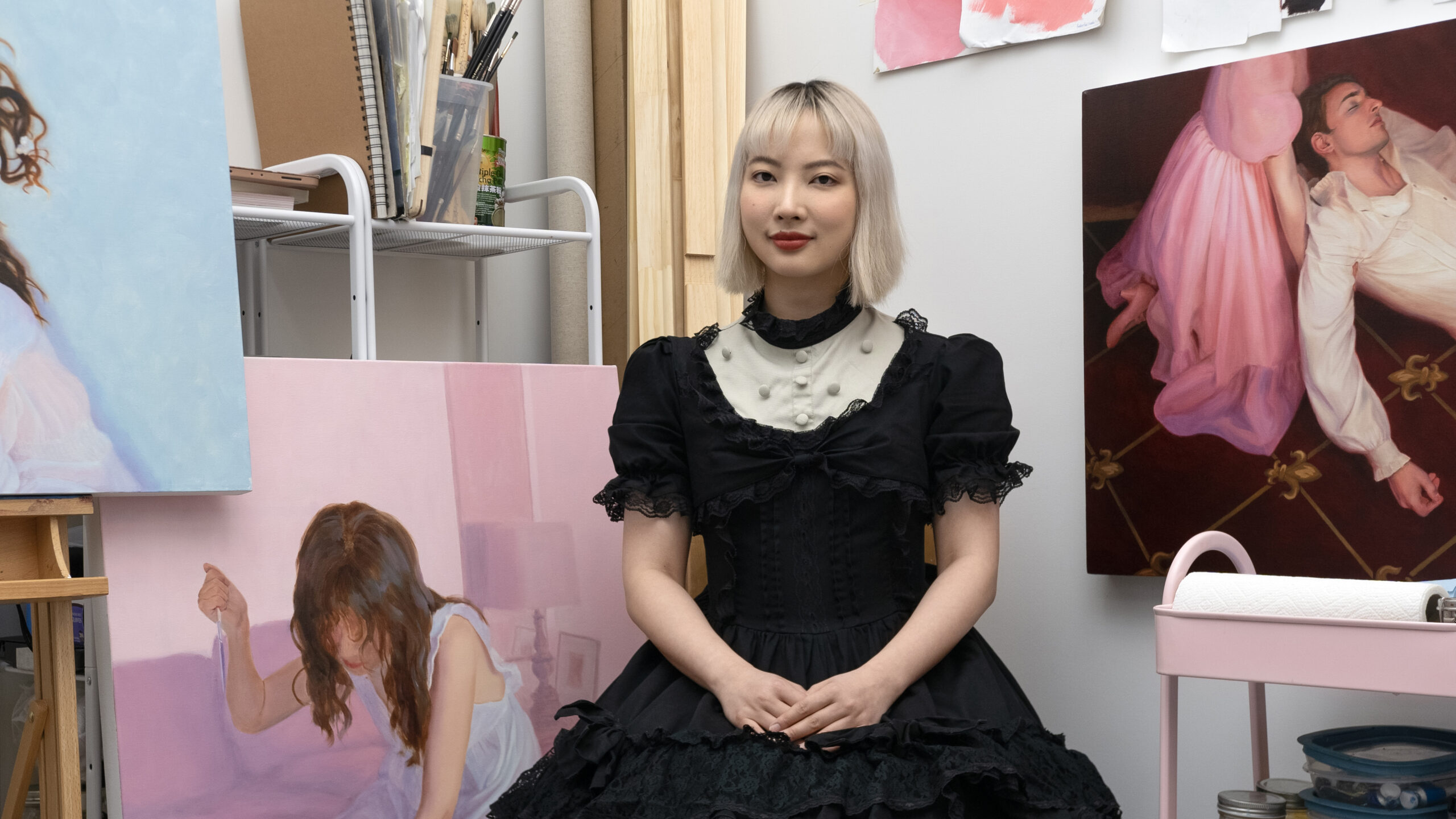
Junyi Liu: Painter, Performance Artist on the Rise in New York City
Abigail MacFadden • June 5, 2024 •
10 min read
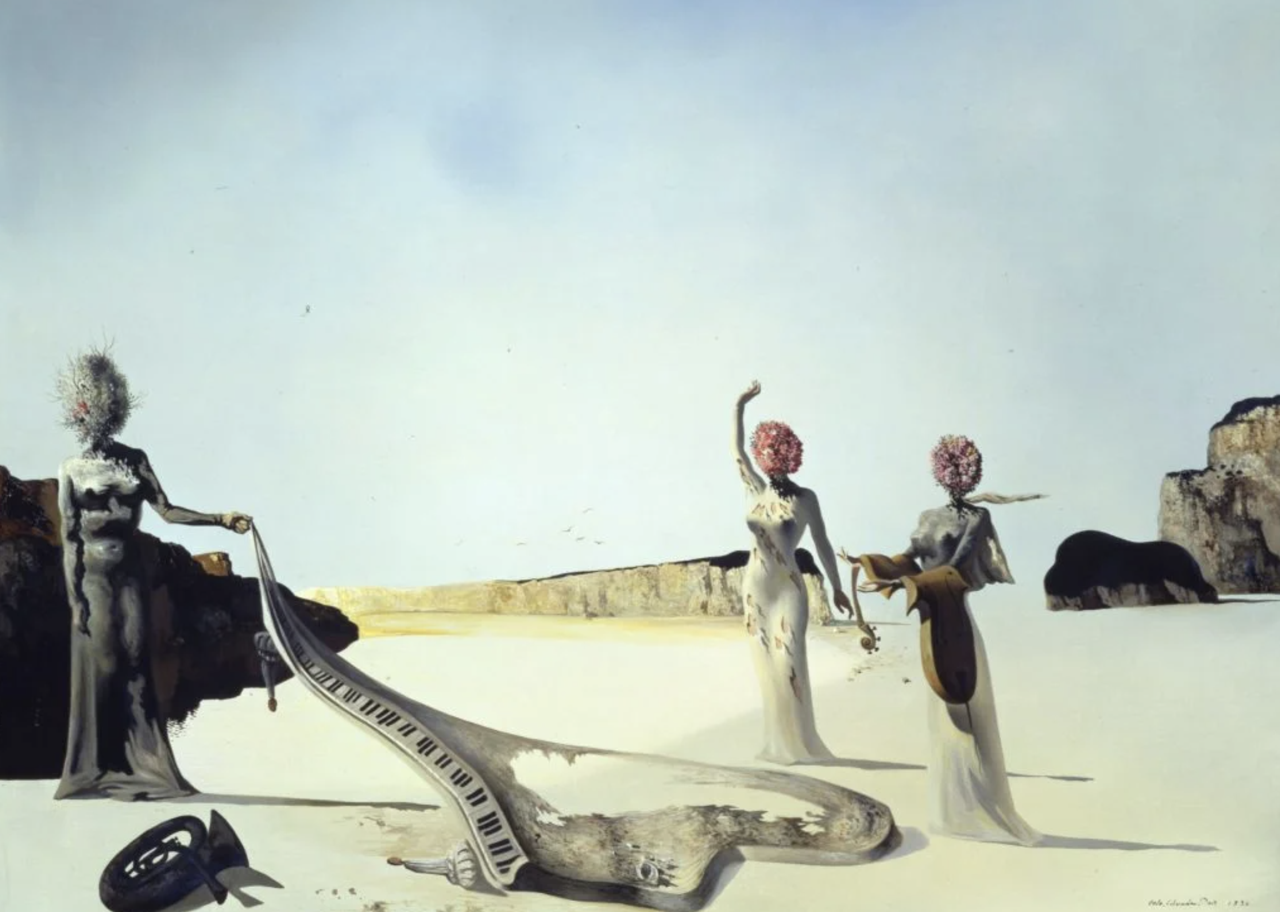
The Surreal World of Dali and the 100th Anniversary of the Surrealism Movement
Abigail MacFadden• May 31, 2024 •
6 min read

Art Show Roundup: Memorial Day Weekend and Summer Exhibitions in NYC
Demi Dubois-Moreau • May 23, 2024 •
6 min read

Art Fair Dressing Guide: Stylish Guidelines for Men & Women
Demi Dubois-Moreau • May 16, 2024 •
7 min read
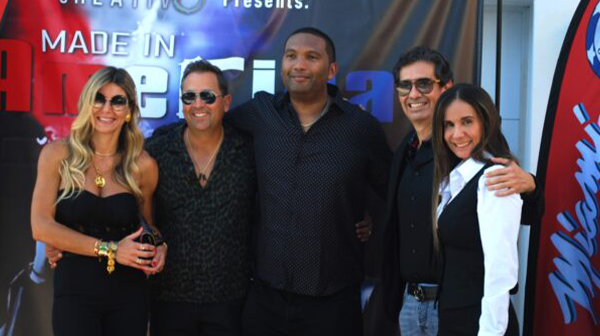
Made in America Fashion Recap: Mob Wife and Mob Boss Style for the Creativo x Ferrari Party
Abigail MacFadden • May 10, 2024 •
3 min read


